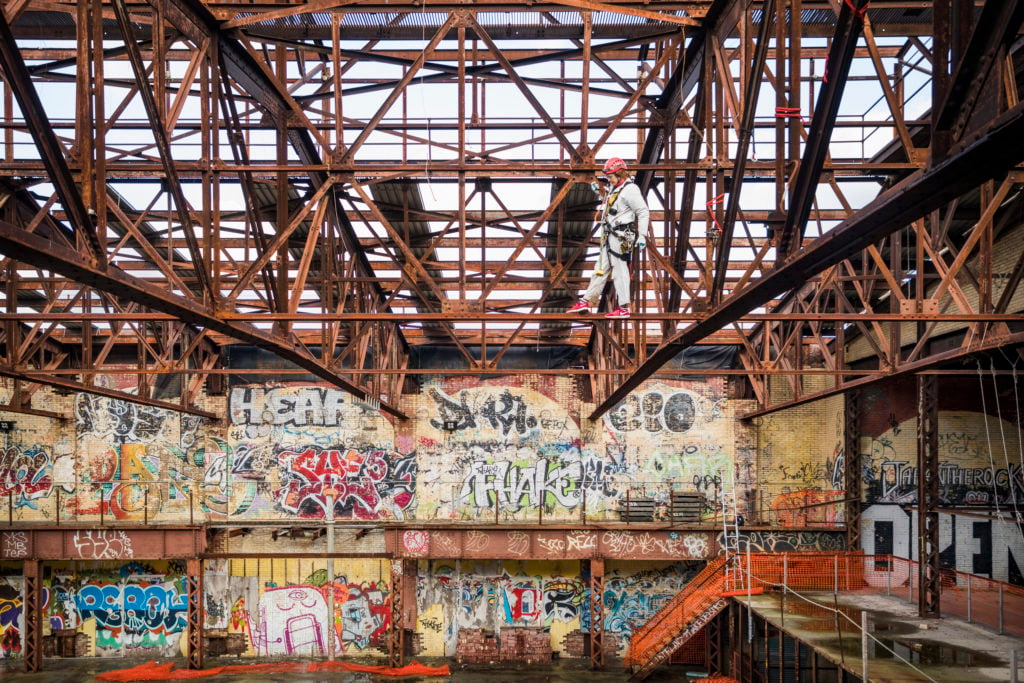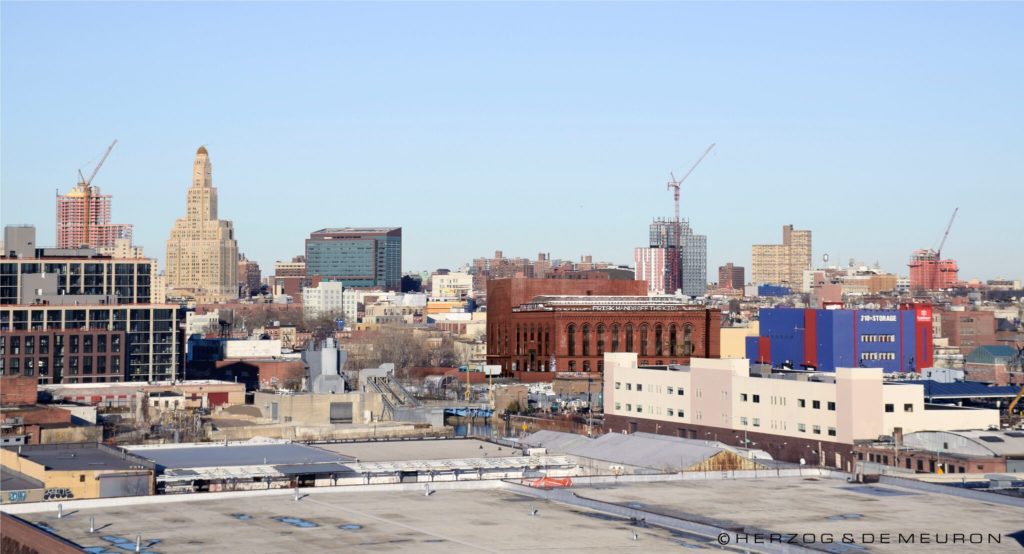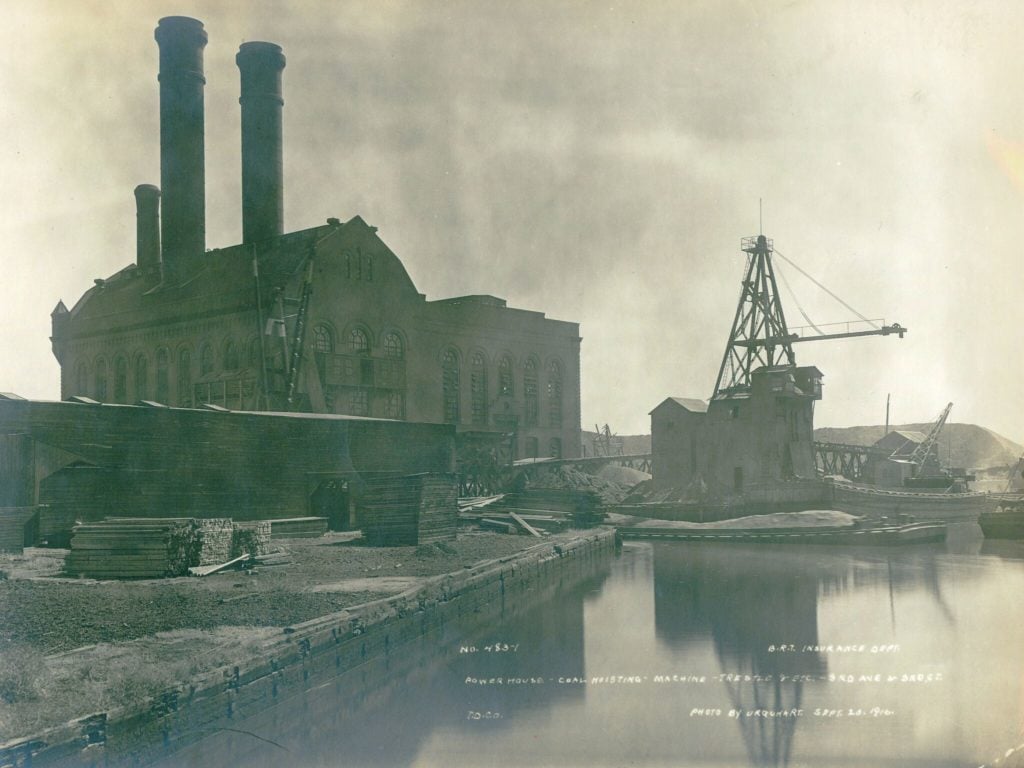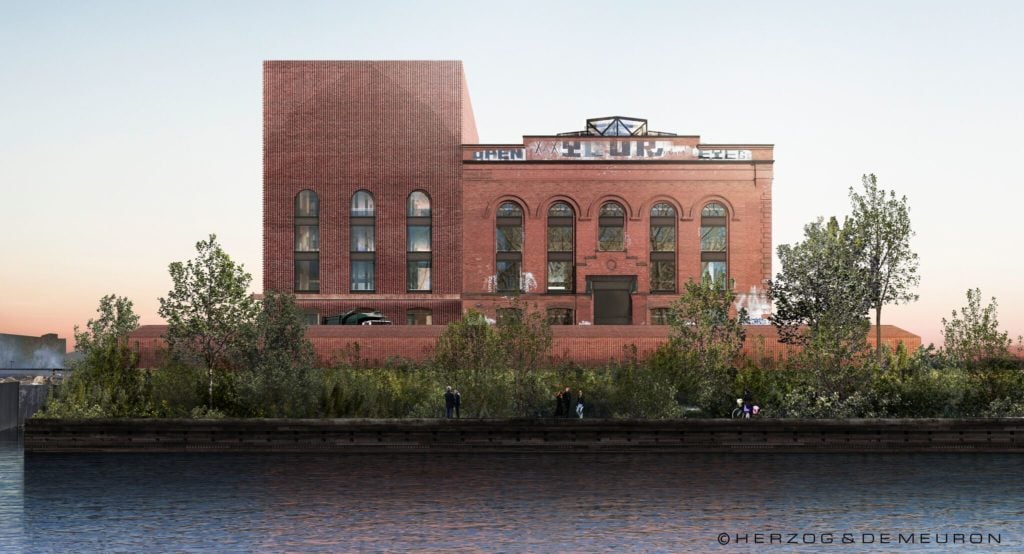Art World
Herzog & de Meuron to Overhaul Abandoned Brooklyn ‘Bat Cave’ Into Art Center
One of Brooklyn's last hold-outs against gentrification will be renovated.

One of Brooklyn's last hold-outs against gentrification will be renovated.

Henri Neuendorf

The Gowanus Batcave, a graffiti landmark and one of the last remaining holdouts of Brooklyn’s cycle of gentrification, will be transformed into a manufacturing center for the arts by Pritzker Prize-winning Swiss architects Herzog & de Meuron.
Commissioned by the non-profit Powerhouse Environmental Arts Foundation, the renovation will overhaul the 113-year-old building. Originally built as a power station, the property has fallen into disrepair since its abandonment in the 1950s. In the subsequent decades, the building has gone through several iterations as a punk hangout, rave venue, a squat for drifters and the homeless, and a graffiti temple.
Acquiring the building in a $7 million deal in 2012, the foundation has long considered what to do with it. According to the New York Times, initial designs for turning the building into artist studios were discarded in favor of creating workshops for Brooklyn’s expanding creative economy. Under the current plans, the space will house facilities for metal and woodwork, ceramics, textiles, and printing, in addition to spaces for exhibitions and events.

Rendering of the completed Powerhouse Workshop. Courtesy Herzog & de Meuron and the Powerhouse Environmental Arts Foundation.
According to DeZeen, Herzog & de Meuron will refurbish the large turbine hall, and reconstruct the boiler house that was demolished following the building’s decommissioning.
“By preserving, restoring and reconstructing essential elements of the original Power Station, some still intact and some long-ago demolished, this design strengthens its relationship to the immediate urban context,” Ascan Mergenthaler, senior partner at the firm said in a statement. “The aim is to demonstrate sensitivity to the program by integrating existing layers seamlessly into a functional, modern manufacturing facility.”

Historic photo of the Gowanus Canal power station. Courtesy of Herzog & de Meuron and the Powerhouse Environmental Arts Foundation.
The foundation and the architects plan to break ground on the ambitious project before the end of the year. The work is expected to take three years, with doors opening in 2020.
Katie Dixon, the foundation’s executive director said in a statement that “Herzog & de Meuron’s design approach celebrates the existing iconic Turbine Hall and maximizes the potential of the property to ensure its long-term industrial viability.”

Rendering of the completed Powerhouse Workshop. Courtesy Herzog & de Meuron and the Powerhouse Environmental Arts Foundation.
Of course, this is the same firm that transformed London’s Bankside power station into the world renowned Tate Modern museum in 2000, and later designed the switch house expansion, which opened last year.